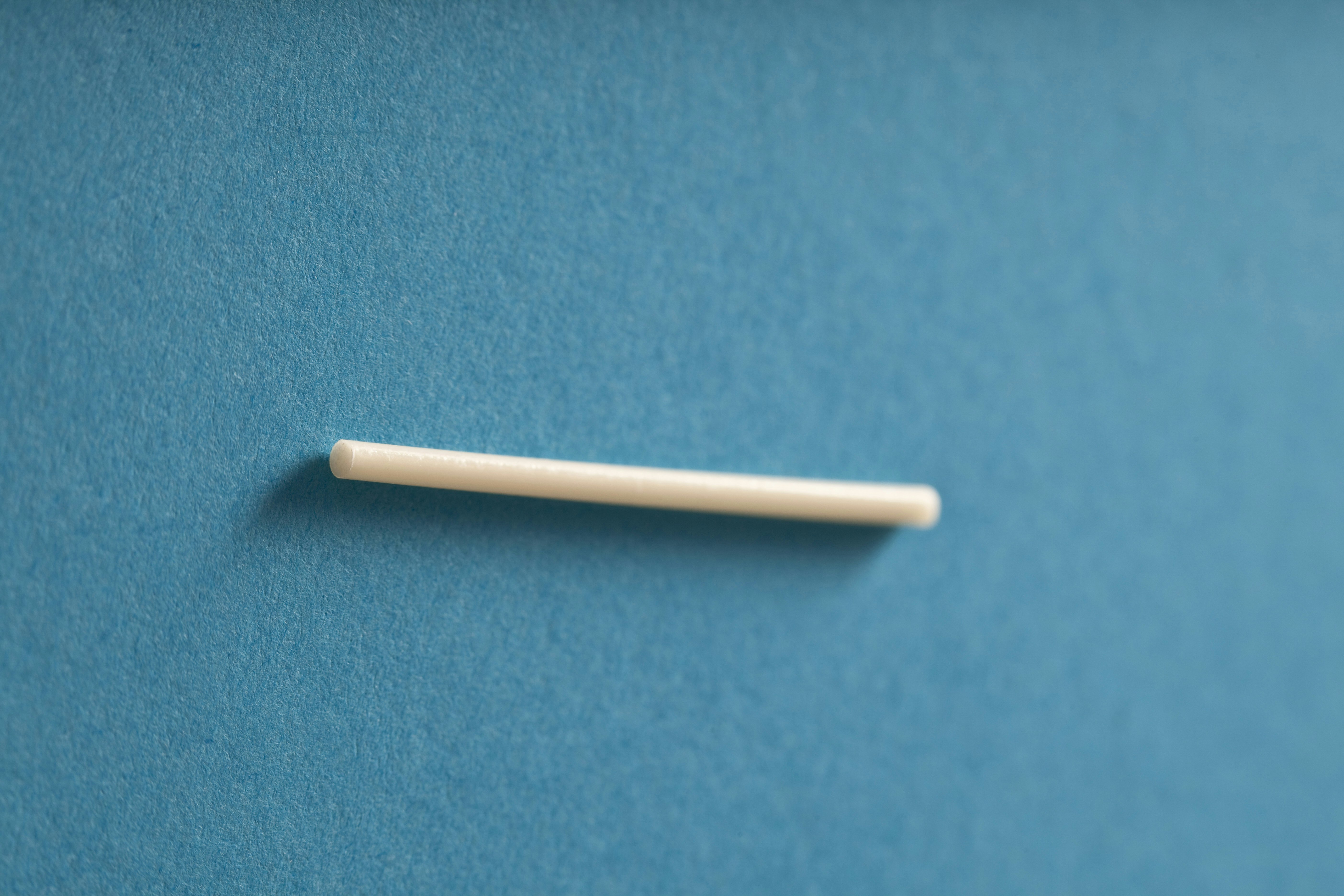

Come to your appointment with a full bladder so you can take a pregnancy test before the procedure.If you are using a different type of contraception, like the Pill or Nuva Ring, continue to use it as prescribed by your doctor for one week after the Nexplanon has been placed.Do not have unprotected sex for 2 weeks before you get the Nexplanon placed as we will not be able to confirm a negative pregnancy test and will be unable to perform the procedure.What should I do to prepare for the procedure? Difficulty retrieving the Nexplanon at time of removal.Pain or discomfort at the site of placement.Bruising and swelling where the Nexplanon was placed.Nexplanon must be removed on or before the 3-year mark. A new Nexplanon can be inserted at this time if you want to continue using this form of contraception. Procedural instruments are then used to locate and remove the implant. He or she will then use a scalpel to make a small incision near the site of the implant. The provider will clean and numb your arm. The procedure only takes about 10 minutes.Ī similar procedure will take place for removal of Nexplanon. Your provider will then cover the area where the implant was placed with bandages. You may feel some pressure and discomfort during the procedure.
Neplan birth control skin#
He or she will then use an applicator to insert the Nexplanon under your skin on the inside of your upper arm. Your provider will clean your arm with antiseptic solution and then inject some numbing medicine. What happens during the procedure? You may be asked to take a pregnancy test before the procedure to make sure you are not pregnant. It is possible for you to get pregnant very soon after Nexplanon is removed. Another Nexplanon can be inserted when you get a previous one removed.

What is Nexplanon used for? Nexplanon is a contraceptive that protects against pregnancy for up to 3 years. It also thickens the mucus in your vagina to prevent sperm from entering your uterus. The implant releases a hormone called progestin, which prevents ovulation, or the release of an egg from your ovaries. It is a small, plastic rod about the size of a matchstick that is inserted under the skin of your upper arm. The best way to prevent STIs with the implant is to also use condoms.What is Nexplanon? Nexplanon is a form of contraception, or birth control. The implant does not provide protection against sexually transmitted infections. There is a quick return to fertility once the device is removed, so use a backup birth control method if you do not replace it and do not want to become pregnant.

You can also have the device removed at any time over the three years. Additionally, you can make note of the card's due date and schedule it on your digital calendar where you can set yourself reminders. Store this card in a safe place and take it with you to your health care appointments. You may receive a card from your healthcare provider to remind you when to replace your Nexplanon. It's usually your responsibility to set up an appointment to replace your Nexplanon. If you are experiencing consistent pain or have a fever following your insertion or removal of Nexplanon you should contact your health care provider right away as it may be a sign of allergic reaction or improper placement. The procedures should not be painful, but you may experience soreness or bruising a day or two after the device is inserted or removed.


 0 kommentar(er)
0 kommentar(er)
